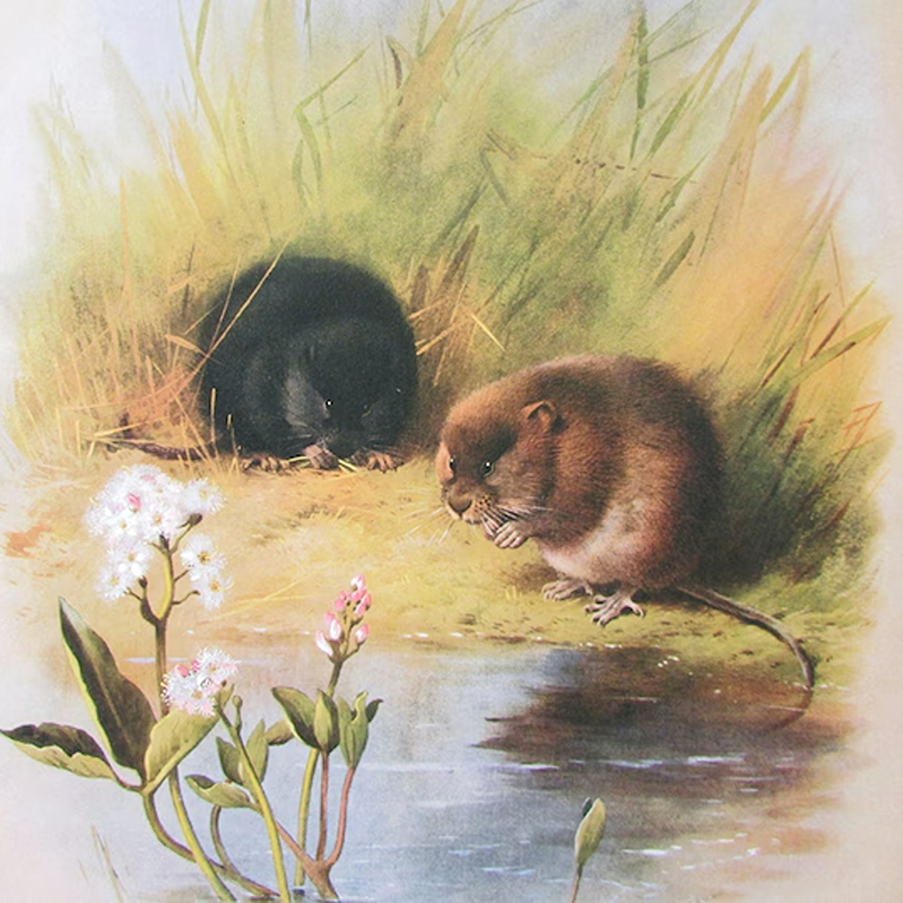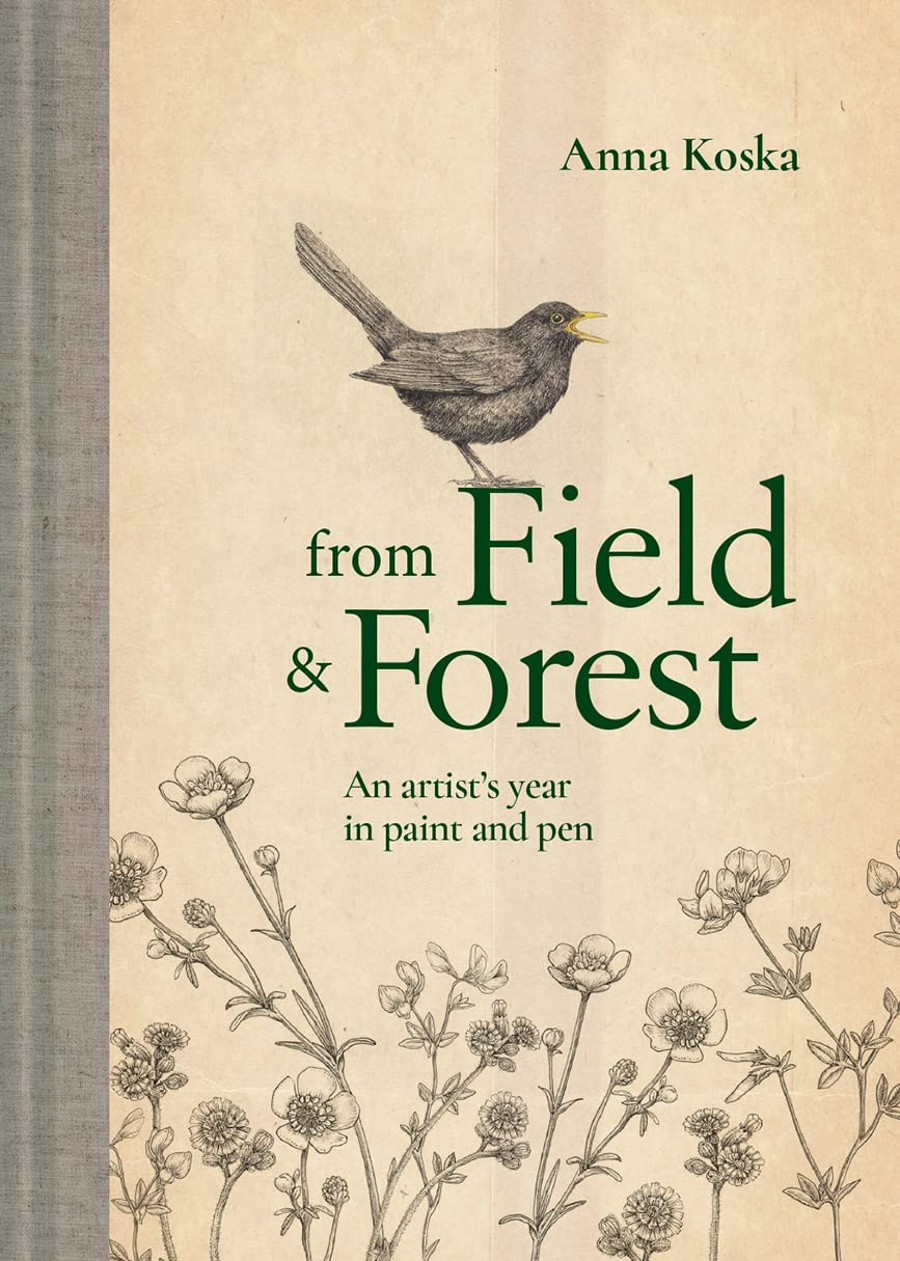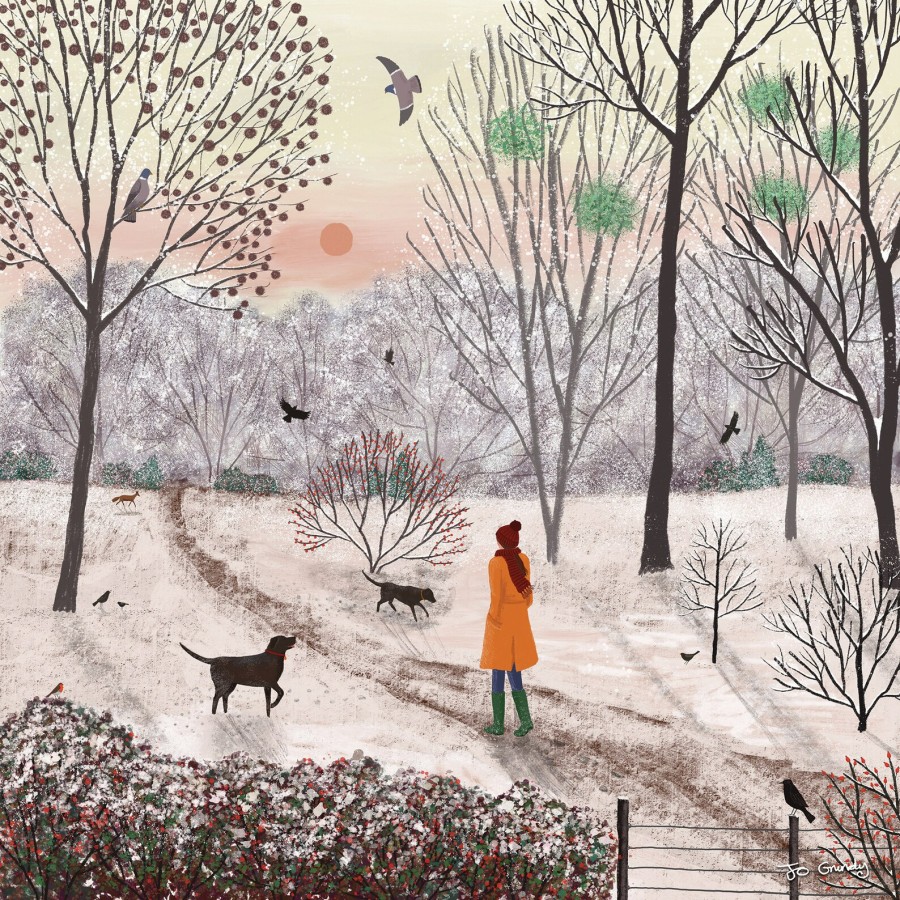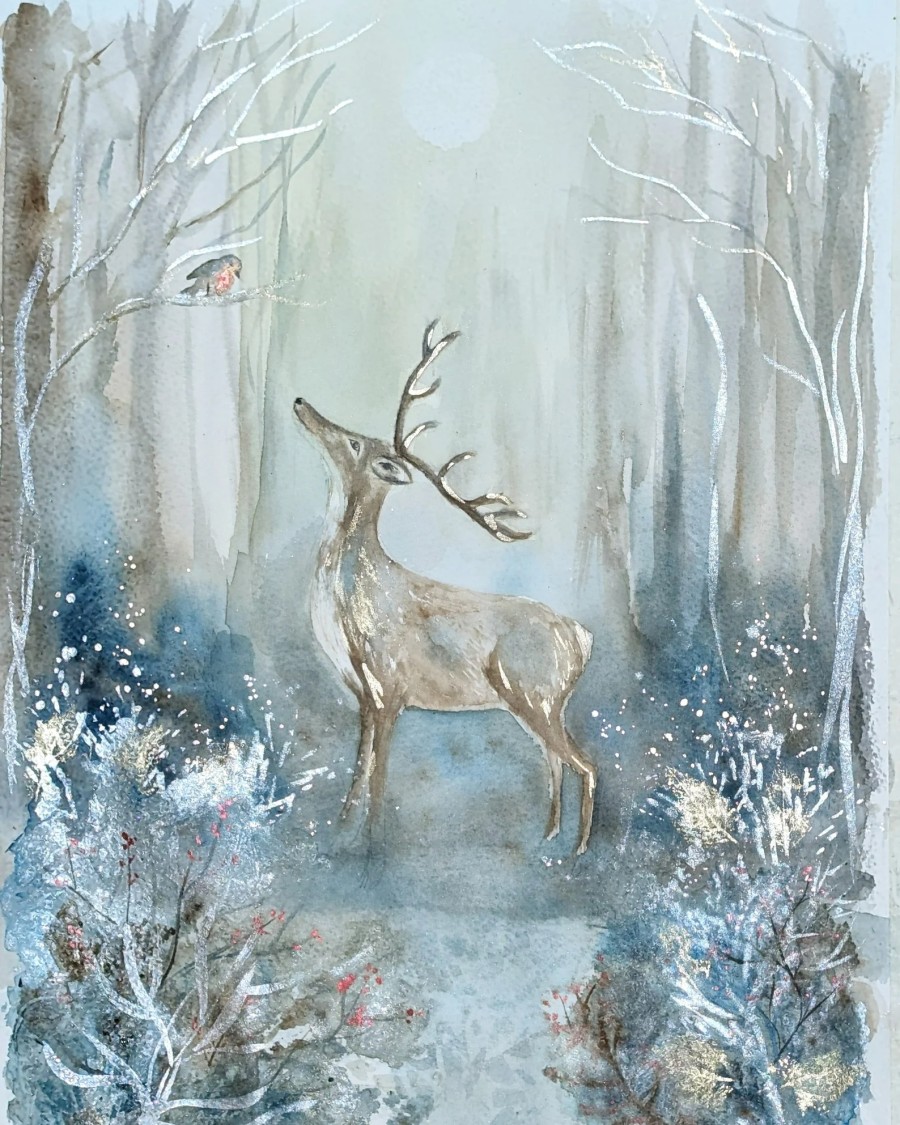
Water voles are very important to our river ecosystems and are now so endangered that they are protected under the Wildlife and Countryside Act 1981. They live alongside rivers and streams and can also be found in wet moorlands, reedbeds and marshes, telltale signs are ‘nibbled’ grass nearby. These craetures are chestnut-fur and small ears, although Scottish water voles are darker. They are often called ‘water rats’, but they are a different species entirely from brown and black rats.
It’s true that mink (released from captivity after being imported for the awful fur trade) are responsible for some getting killed, but it’s a kneejerk reaction to suggest that’s the only reason.
how farmers can help water voles
This advice is condensed from The Wildlife Trusts’ experts. They say to leave at least 2 metres of bankside vegetation or grass (to offer food and cover) and make wider buffer strips (5 to 50 metres) to trap sediment and absorb run-off for a better habitat. They also say to open up sections of the bank to the sun, by coppicing bankside trees in densely shaded areas, to encourage grass and herbs to grow and again encourage food and cover.
If livestock use your fields next to watercourses, fence off at least one bank so water voles can burrow more safely. Don’t cut bankside vegetation too short, and know that reedbeds, ponds and backwater offer refuge to water voles and other creatures (like amphibians, dragonflies and fish).
Cut alternate banks each year to provide refuge, and do this late in summer to reduce disturbance in breeding season (ideally late September to October or early February, ahead of the breeding season). Only remove silt from the centre of the channel and avoid scraping bank edges or disturbing with machinery (leave a fring of vegetation along the edge). Deposit silt and weed at the top of the bank, away from the water.






